What is Requirements Traceability Matrix (RTM) & How To Create It
In this manual testing tutorial series, we will see what is requirements traceability matrix and the following.
What is Traceability Matrix?
Requirement Traceability Matrix (RTM) is used to trace the requirements to the tests that are needed to verify whether the requirements are fulfilled.
Requirement Traceability Matrix AKA Traceability Matrix or Cross Reference Matrix.
Advantage of RTM
- 100% test coverage
- It allows to identify the missing functionality easily
- It allows identifying the test cases which needs to be updated in case of a change in requirement
- It is easy to track the overall test execution status
How To Prepare Requirement Traceability Matrix (RTM)
- Collect all the available requirement documents.
- Allot a unique Requirement ID for each and every Requirement
- Create Test Cases for each and every requirement and link Test Case IDs to the respective Requirement ID.
Like all other test artifacts, RTM to varies between organizations. Most of the organizations use just the Requirement Id’s and Test Case Id’s in the RTM. It is possible to make some other fields such as Requirement Description, Test Phase, Test case result, Document Owner, etc., It is necessary to update the RTM whenever there is a change in requirement.
The following illustration gives you a basic idea about Requirement Traceability Matrix (RTM).
Assume we have 5 requirements
Assume total test cases identified are 10
Whenever we write new test cases, the same need to be updated in the RTM
Adding a new test case id TID011 and mapping it to the requirement id BID005
Check the below video to see “Requirements Traceability Matrix”
Please be patient. The video will load in some time.
Types of Software Testing Traceability Matrix (RTM)
Let’s see different types of Traceability Matrix:
#1. Forward Traceability
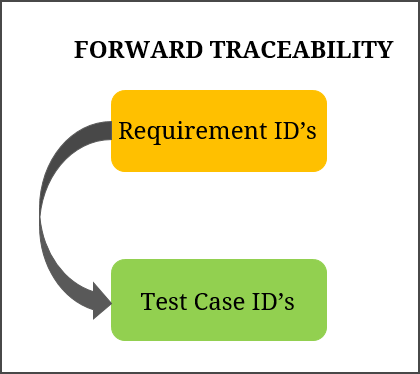
Mapping requirements to test cases is called Forward Traceability Matrix. It is used to ensure whether the project progresses in the desired direction. It makes sure that each requirement is tested thoroughly.
#2. Backward or Reverse Traceability
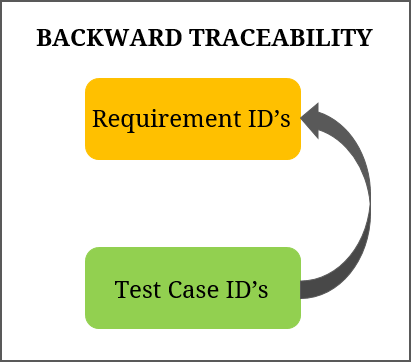
Mapping test cases to requirements are called Backward Traceability Matrix. It is used to ensure whether the current product remains on the right track. It makes sure that we are not expanding the scope of the project by adding functionality that is not specified in the requirements.
#3. Bi-Directional Traceability (Forward + Backward):
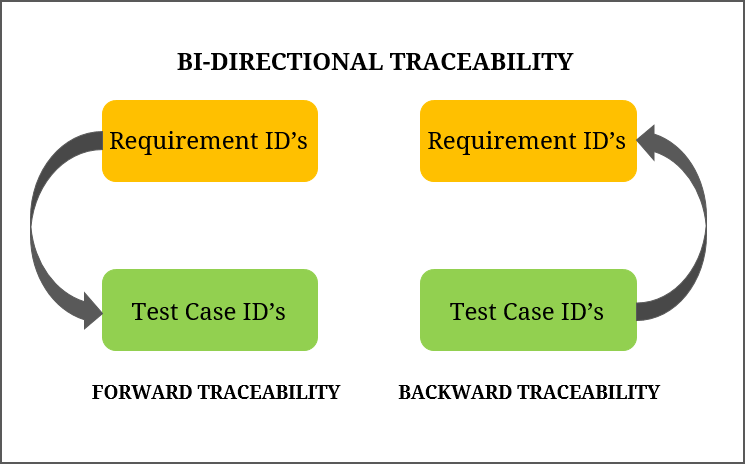
Mapping requirements to test cases (forward traceability) and test cases to requirements (backward traceability) are called the Bi-directional Traceability Matrix. It is used to ensure that all the specified requirements have appropriate test cases and vice versa.
Download Sample RTM Template:
- How To Create A Test Plan
- Complete Guide To Writing Test Strategy
- Test Plan Vs Test Strategy
- How To Approach Testing of ERP Application


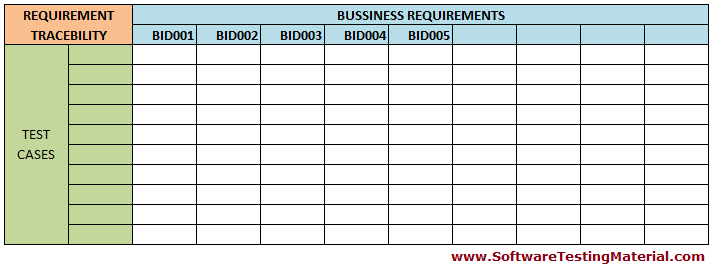
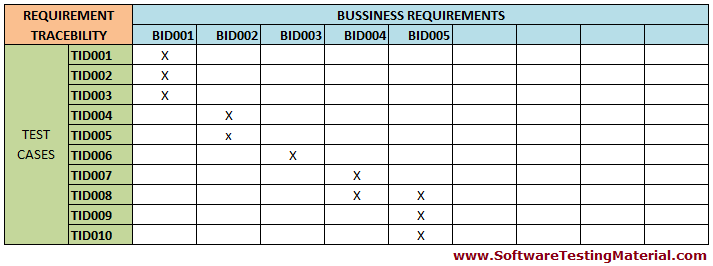
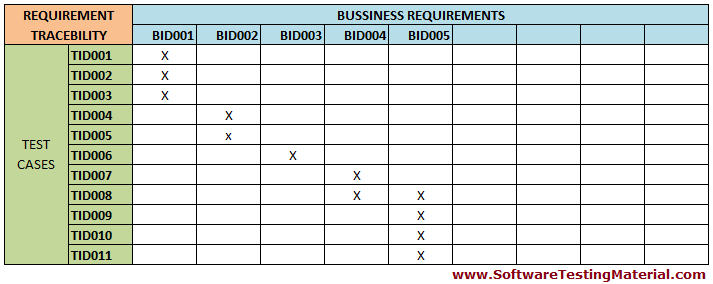

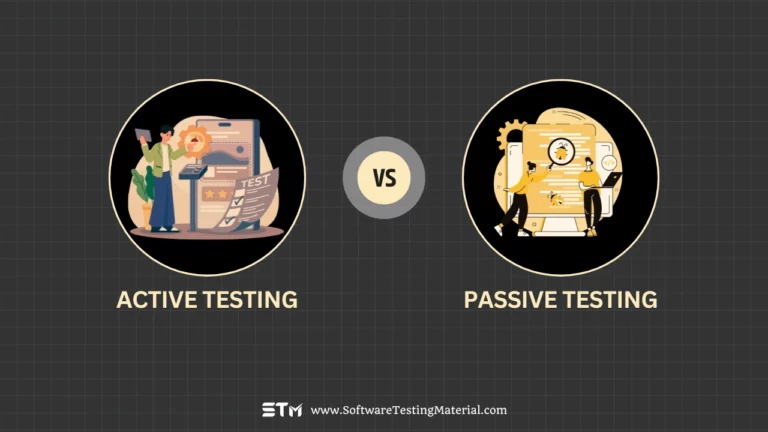


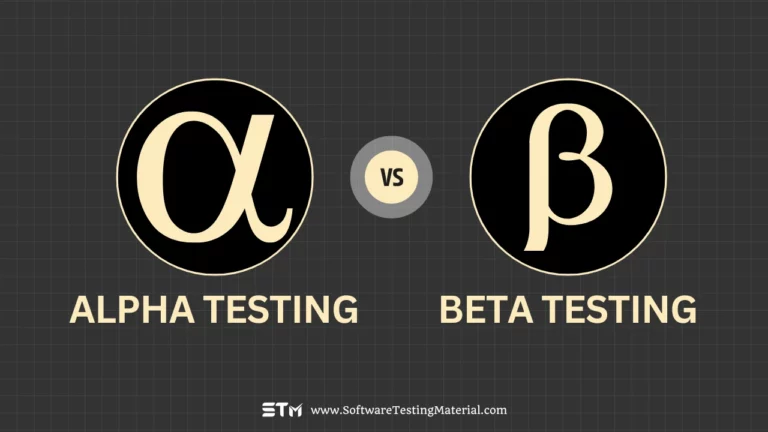
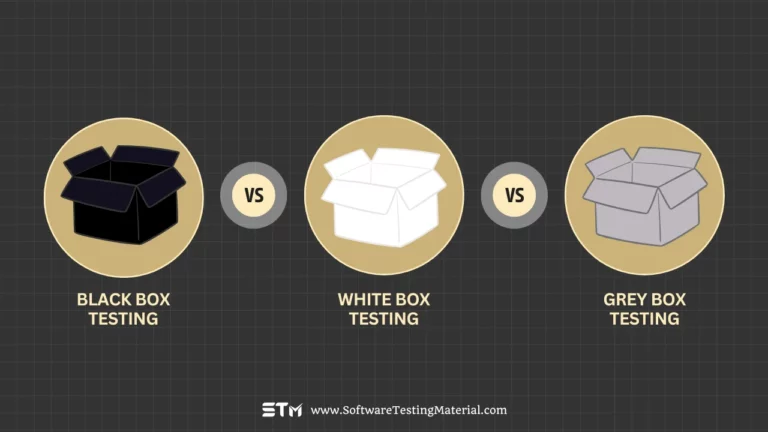
Hi Rajkumar,
I am trying to download TRM ebook but its downloding manual question and answer ebook. please guide.
Thanks
Prathamesh Patil
Hi Prathamesh Patil, Once you click on download link at the end of RTM post, you will be redirected to subscription to download complete resources including ebook and RTM..Thanks.
Hi Rajkumar,
U guys are giving priceless content
Thank you
Thanks Gowri Shankar. Share it with your connections.